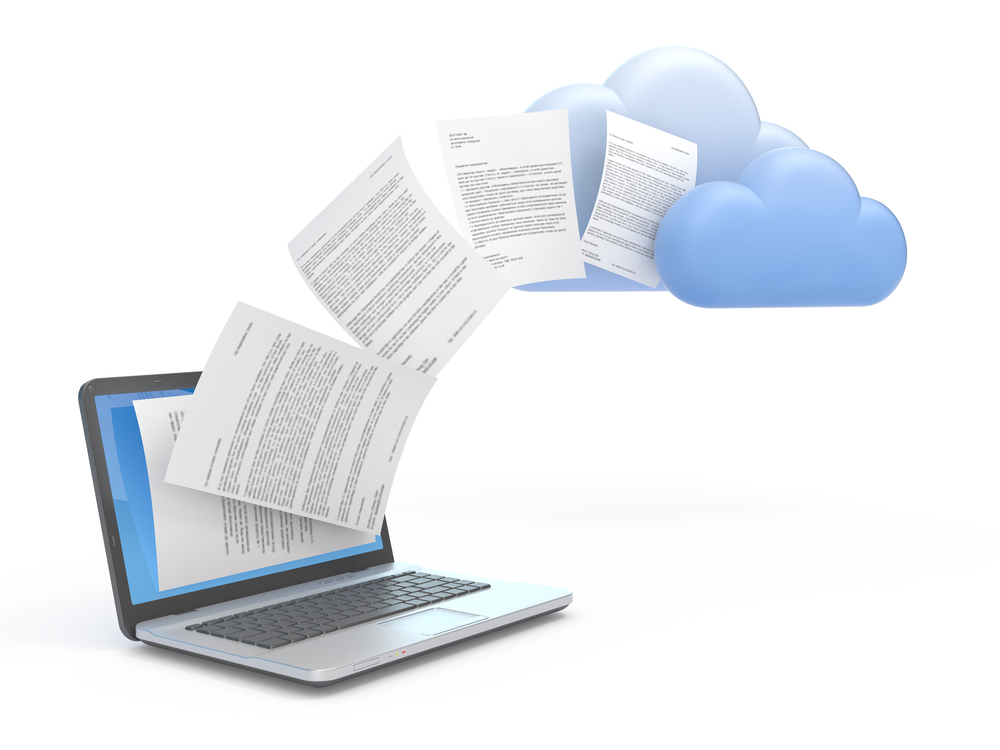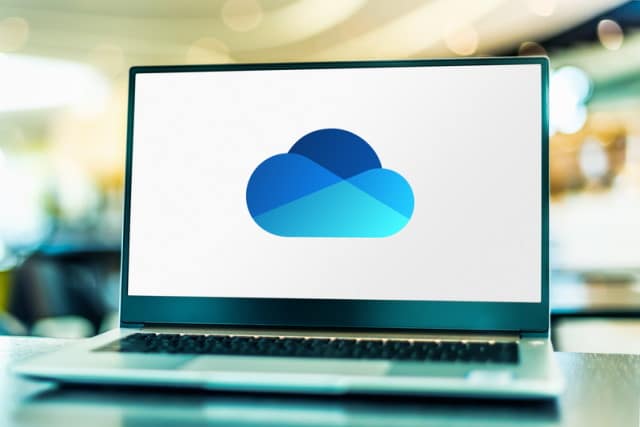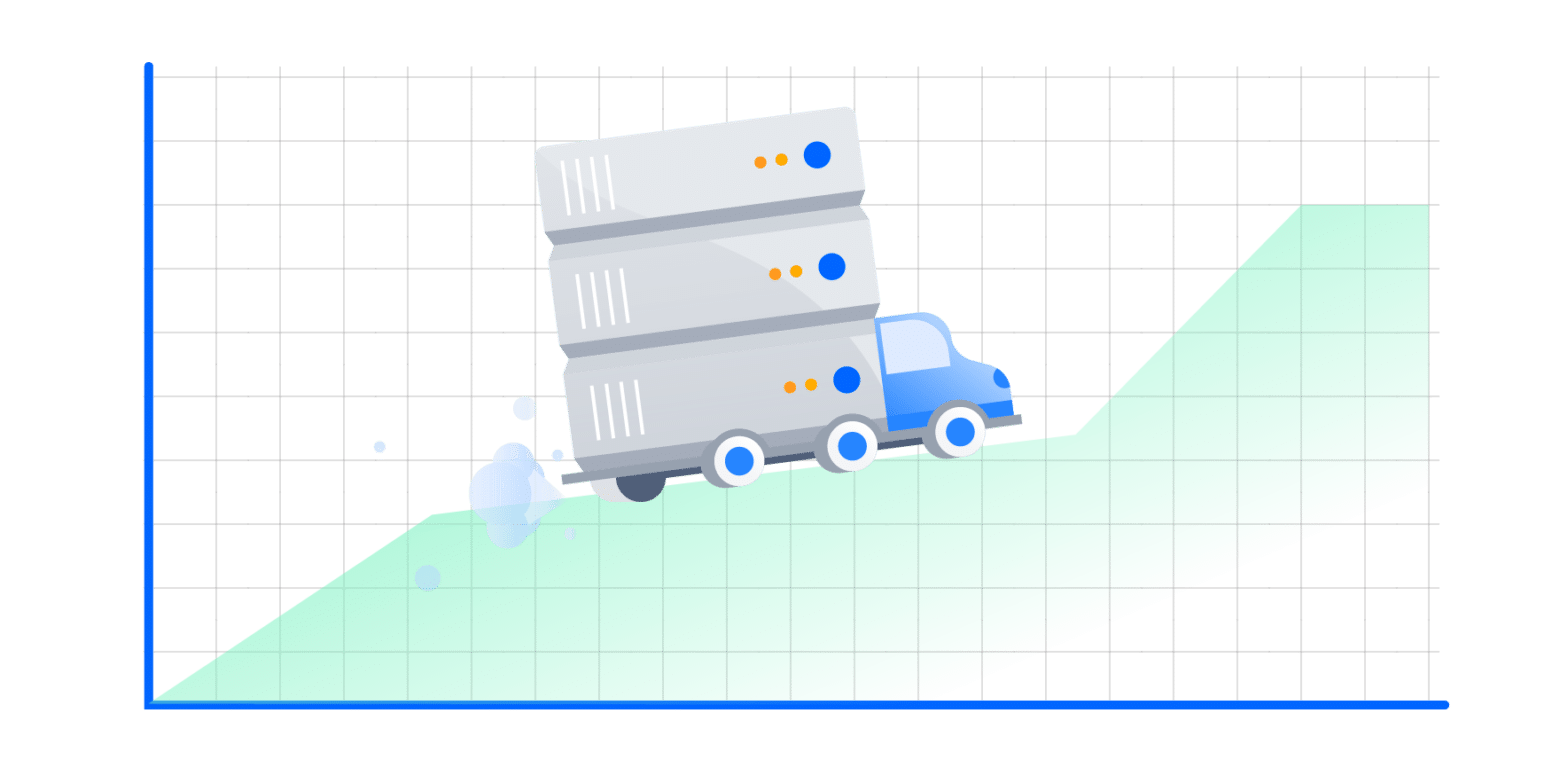
Enterprises turn to Kubernetes to handle big data
Kubernetes is rapidly becoming the standard for cloud and on-premises data workloads according to a new study from big data performance management company Pepperadata.
The study of 800 participants shows the motivations for adopting the container platform include improving resource utilization for reduced cloud costs (30 percent). While 23 percent want to enable their migration to the cloud; 18 percent to shorten deployment cycles; 15 percent to make their platforms and applications cloud-agnostic; and 14 percent to containerize monolithic apps.

Reimagining the network for the cloud
In every IT era we overestimate our ability to put new technology to work. The cloud is no different -- it still takes too long to build even rudimentary networks in the cloud environment. Think about all those VPNs that were built in 2020. You need to buy a box, certify, test, deploy, sort out licensing. It’s weeks or months for a solution that provides a level of security (up to a point) but little flexibility or performance. When the business needs changes, you need to do it all again.
What you want is a holistic environment with all the advantages of a data center but none of the drawbacks of centralization. You need something that connects you not just to, but through the cloud, out to the edge and to wherever your people and partners are. You want to be able to manage this as effectively as an on-prem system even though it’s massively distributed. You need to know what’s going on everywhere, so you need complete security, visibility and management controls that treat the entire cloud as a single entity even if it encompasses multiple public and private clouds. You also need to be able to secure it and apply all the governance and controls needed to satisfy regulators and your auditors.

Security is the top risk to enterprise multi-cloud adoption
New research from IT services provider Ensono finds that security is the biggest concern for IT professionals considering, or already using, multi-cloud strategies.
UK IT professionals rate security, governance and cost optimization as their top three concerns for multi-cloud strategies, while security, cost optimization and maintaining a positive end user experience are the top concerns in the US.

IBM simplifies development for the hybrid cloud
As more and more businesses move to a hybrid cloud model it poses a challenge for developers who need to manage the complexities of the infrastructure alongside coding.
IBM is giving developers new ways to quickly get cloud-native apps up and running with its Cloud Code Engine. This allows the deployment of an application running on a developer's laptop to the cloud in seconds, without additional work required at the developer's end.

Lack of asset visibility leads to more security incidents
Widening visibility gaps in cloud infrastructure, end-user devices and Internet of Things (IoT) device initiatives are leading to increased risk and security incidents according to a study carried out by Enterprise Strategy Group (ESG) for Axonius.
More than 70 percent of respondents report that additional complexity in their environments has contributed to increasing visibility gaps. More than half cite the rapid shift to remote work and changes to technology infrastructure necessitated by security and privacy regulations as key reasons for this increased complexity.

Why senior management needs to make cloud backup a priority
At work and at home, backup is critical. From making photocopies of significant documents to digitizing old family photos, relying on hard drives to replicating servers, we all know that it’s important to have multiple copies of the information that matters to our families and our businesses. Knowing we should do something, however, isn’t the same as doing it consistently and well -- which is why backup often fails.
Many organizations still rely on outdated backup strategies that put the company at risk from cybercrime, human error, physical disasters and more. But because the business "already has a backup plan", or because backup isn’t a shiny new object, it can be difficult to convince senior management to make it a priority.

Businesses turn to alternative cloud providers
Over half of organizations are considering adding one or more cloud infrastructure providers in 2021, and the extra supplier will be drawn from an alternative cloud vendor.
A new report by Accelerated Strategies and Linode shows that for small and midsized companies usage of alternative providers -- such as OVH, Linode, DigitalOcean, Hetzner, UpCloud and Equinix -- is on par with Google Cloud.

Microsoft could launch its Cloud PC service this summer
Microsoft has been rumored to be working on an Azure-powered Cloud PC service for a while now, but it seems that we might be seeing the results of its labor as soon as June or early July this year.
The Cloud PC service, codenamed Project Deschutes, will let users access a Windows desktop remotely and run software such as Microsoft Office. This could be useful if you want to access the same desktop from multiple locations, and it would also allow Windows 10X users to run Win32 apps.

How improving security management can help protect the cloud [Q&A]
Cloud misconfigurations are one of the major causes of data breaches and the problem has become worse thanks to the dash for remote working.
While cloud is undoubtedly the right choice for businesses looking to expand their infrastructure to keep pace with DevOps demands and embrace support for remote working, many enterprises are falling short of providing adequate Cloud Security Posture Management (CSPM).

Enterprises under-resource cloud security despite increasing risks
While spending on cloud services is high with over half of respondents to a new survey spending $10 million or more, 32 percent say they are doing less than they need to, or nothing at all, to ensure the security of their cloud resources.
The study carried out by Osterman Research for Sonrai Security finds respondents have an average of 7,750 identities with access to sensitive cloud data. Overpriviledged identities are ranked a high risk by 41 percent of respondents, just below bad actors/cybercriminals at 46 percent.

Microsoft launches a public preview of the 64-bit version of OneDrive
It has been a very, very long time coming, but Microsoft has finally decided to dole out some 64-bit loving to OneDrive.
The company has announced the availability of a public preview version of the 64-bit OneDrive sync client for Windows. For anyone running the 64-bit version of Window, making the switch makes complete sense thanks to improved performance and better handling of large files. The bad news for now is that there is no 64-bit ARM version available, only one for x64-based systems.

Businesses need greater understanding of cloud data security responsibility
There's been a major increase in cloud adoption because of COVID-19, but there's also widespread misconception surrounding responsibility for backup and recovery of data in the cloud and a lack of confidence in the security of data held by public cloud service providers.
A new report from Arcserve company StorageCraft shows 47 percent of respondents accelerated adoption of cloud services for data management, 59 percent confirmed increased use of cloud backup services, 56 percent increased the use of the cloud for IT infrastructure (IaaS), and 39 percent increasingly rely on cloud services for data recovery.

Cloud workloads increase but security concerns remain
A new study from the Cloud Security Alliance (CSA) and cloud security company AlgoSec finds that over half of organizations are running 41 percent or more of their workloads in public clouds, compared to just a quarter in 2019.
But 11 percent of respondents have reported a cloud security incident in the past year with the three most common causes being cloud provider issues (26 percent), security misconfigurations (22 percent), and attacks like denial of service exploits (20 percent).

Need stability, scalability, high availability, and control? Here is how Atlassian Data Center can help
In February 2021, Atlassian Server officially retired and this means organizations can no longer buy new Atlassian (Core) Server licenses (such as Jira, Confluence BitBucket, JSM) as the product has now reached end-of-life (EOL). While customers can still upgrade or downgrade their Server licenses and maintenance, support will continue to be available for the next three years, and Server customers can continue to purchase additional functionality and apps via the Atlassian Marketplace. Atlassian’s ultimate goal is to move customers either to its Atlassian SaaS product or to Atlassian Data Center (allowing customers to host where they want).
Those organizations unable to move to a cloud environment (SaaS), or those who want to take a slower transition to the cloud, either because of IP issues or because they work in highly regulated industries, should seriously consider a move to Atlassian Data Center. This not only provides high levels of stability, scalability and high availability, it enables IT teams to maintain control, stay abreast of ever-increasing demands and more effectively plan ahead.

Applying a hybrid working model to your cloud strategy [Q&A]
The shift brought about by the pandemic has accelerated many companies’ plans to move to the cloud. But all migrations come with some risk and rushing them through may be storing up problems for the future.
A successful hybrid strategy can help in avoiding these issues. We spoke to Arcserve's backup, DR, and ransomware protection evangelist Sam Roguine to find out about the potential risks of rushed cloud migrations -- like security gaps and missing data -- and how IT leaders can address them.
